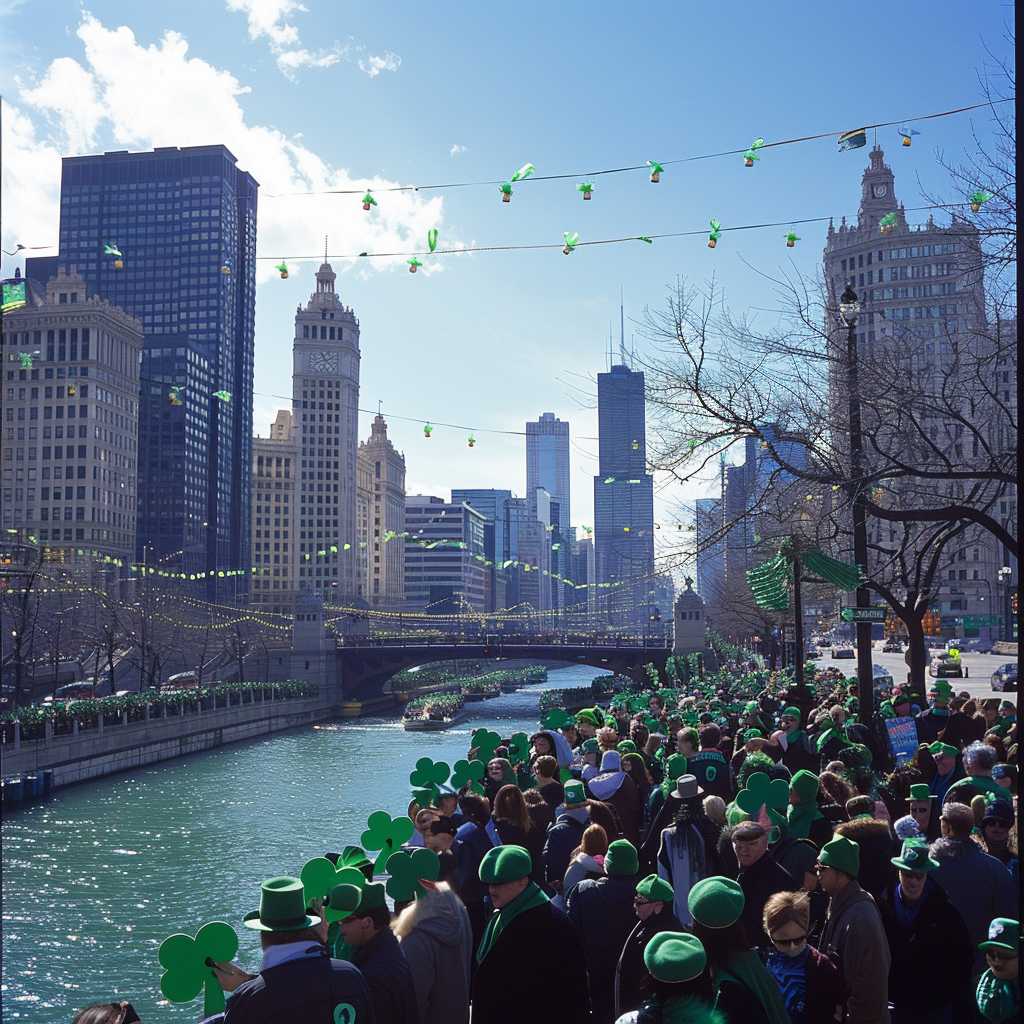## Celebrating St. Patrick’s Day: Cultural Significance and Festivities Across the Globe
St. Patrick’s Day, observed annually on March 17, is a cultural and religious celebration commemorating the life of St. Patrick, the patron saint of Ireland, and the arrival of Christianity into the country. What originated as a religious feast day in the 17th century has slowly transformed into a variety of festivals across the globe celebrating Irish culture with parades, special foods, music, dancing, and a whole lot of green. Here’s an exploration of St. Patrick’s Day from its beginnings to the global phenomenon it is today.
The Historical Origins of St. Patrick’s Day
St. Patrick’s Day, named after Saint Patrick, one of Ireland’s patron saints who ministered Christianity in Ireland during the fifth century, has evolved from its humble religious origins to a world-wide celebration. March 17 is believed to be the date of St. Patrick’s death and consequently has been commemorated as St. Patrick’s Day by the Catholic Church.
Significance in Irish Tradition and Religion
In Ireland, St. Patrick’s Day remains a primarily religious occasion; a day for spiritual renewal and offering prayers for missionaries worldwide. Until the 1970s, pubs were closed on March 17 in adherence to religious observance, acknowledging its status as a religious feast day.
Global Celebrations and Parades
However, it’s often the secular version of the holiday that people worldwide are more familiar with. Massive public parades with vibrant floats, marching bands, and entertainers can be seen in cities such as New York City, Chicago, Boston, and Savannah, which boast large Irish-American communities. Dublin hosts a multi-day festival featuring events cultural, historical, and entertaining.
Another iconic ritual is the dyeing of rivers or streams in green—Chicago carries this tradition out on its river each year to spectacular effect.
Cultural Symbols and Wearing of Green
The Shamrock is one symbol closely associated with St. Patrick’s Day; legend has it St. Patrick used the three-leafed plant as a metaphor for the Holy Trinity when evangelizing the Irish people.
Green—a color synonymous with Ireland (often called the Emerald Isle)—dominates clothing choices on March 17 worldwide to celebrate Irish heritage and involves many adorning themselves in varying symbols from shamrocks to leprechauns.
Culinary Traditions
Corned beef and cabbage, Guinness beer, Irish soda bread, and potato dishes are just some examples of food ordinarily consumed on St. Patrick’s Day. However, these foods are more aligned with Irish-American traditions as opposed to authentic Irish cuisine.
Festivities Beyond Parades
Irish dancing and traditional Irish music sessions also play a significant part in St. Patrick’s Day observance worldwide. From modest watering holes to larger venues, performances concerning both lend a genuinely festive atmosphere to goings-on.
Educational Aspects and Heritage Recognition
In Ireland and internationally, educational programs often emerge spotlighting Gaelic culture’s respect for language, music, dance, and literature—a move that reinforces roots and underscores Ireland’s ancestral contributions worldwide.
Contemporary Observances and Debates
As with any holiday enjoying worldwide acclaim, St. Patrick’s Day has its critics. Some argue that modern interpretations overshadow its religious roots while commercialists revel in capitalizing upon stereotypical notions of Irishness which cane promote negative stereotypes or caricaturize complex cultural identities.
